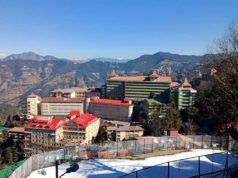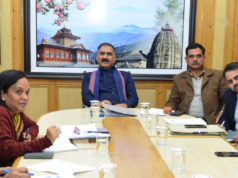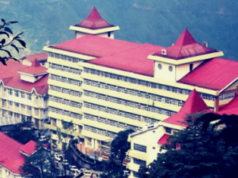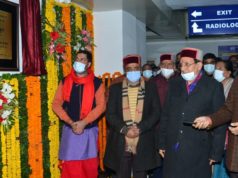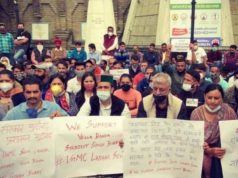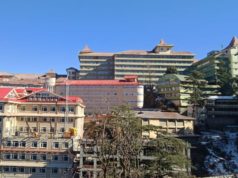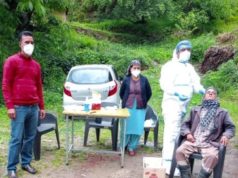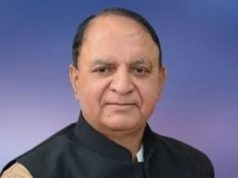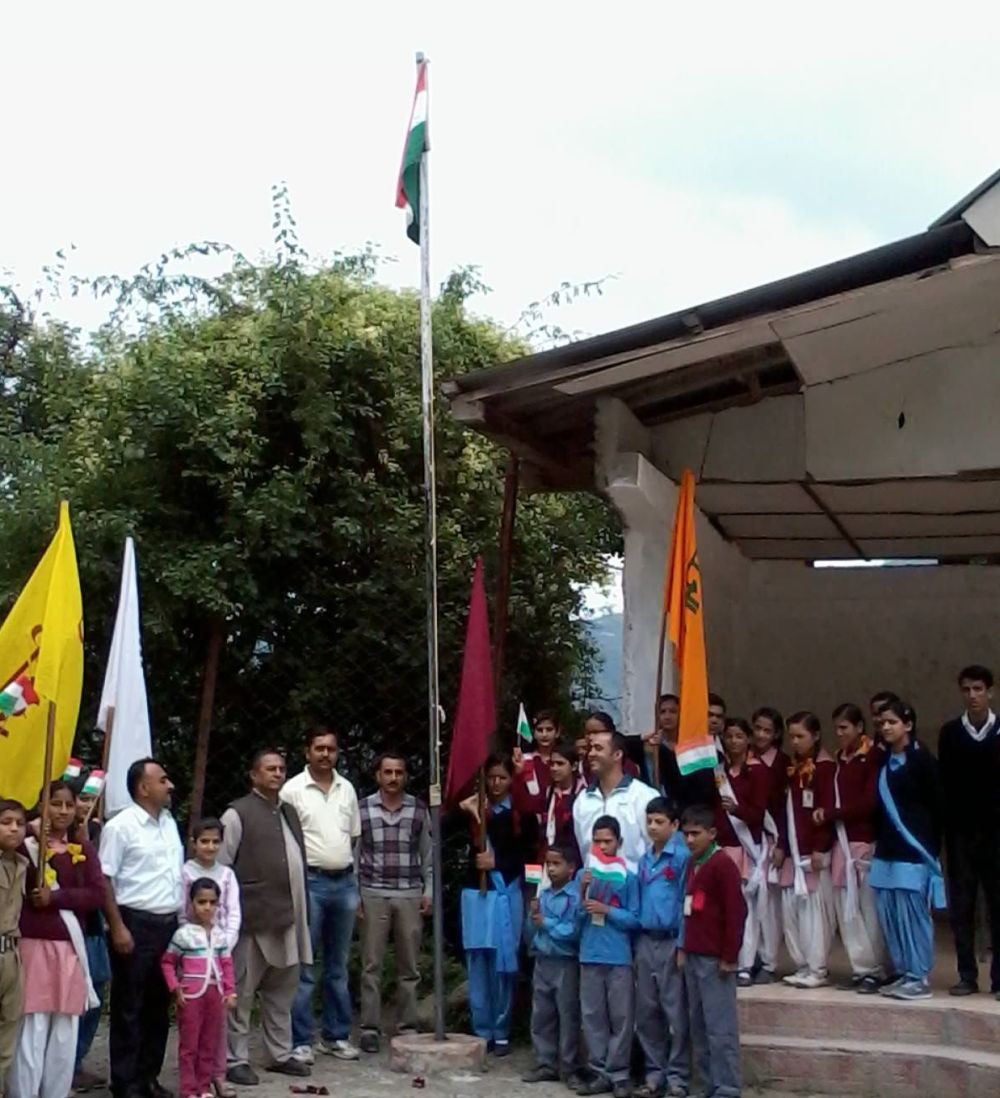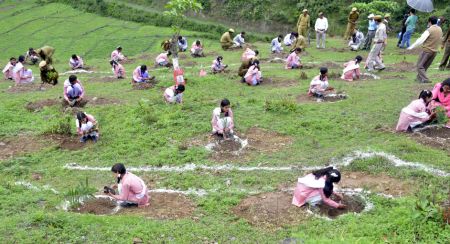Tuberculosis is one of the very old diseases known. Despite being curable, still remain a destructive epidemic and a major health problem worsening due to increase in MDR TB cases. National TB Control Programme was started in 1962 and later on converted to Revised National TB Control Programme. In HP RNTCP started from district Hamirpur as pilot project in 1995, whole of the state was covered by 2002.
Every year near 15 thousand new cases are registered in the State whereas nearly 9 thousand TB patient seek treatment from private sector. It is worth satisfactory that case detection rate and treatment success rate of Himachal Pradesh are above the desired national level. Government of India has kept the target of TB elimination by 2025 whereas the State has set to achieve it before 2023 thereby making Himachal the first TB Free State of the country.
The State Government had already geared up for completely eliminating this dreaded disease, TB from the society. Taking it a priority, “Mukhya Mantri Kshay Rog Nivaran Yojna” has been announced in the State. Revised National Tuberculosis Control Programme (RNTCP) has been implemented in the State in a phased manner. Hamirpur was the first district to take up the activity in 1995, followed by Kangra at Dharamshala and Mandi in 1998. These three districts are collectively called as 1st year district. Shimla, Solan and Sirmaur have started service delivery from 1st July 2000. These three districts are collectively called as 2nd year districts. Out of remaining six (collectively called as 3rd year districts) districts Lahaul and Spiti, Una and Kullu has started service delivery in first quarter of 2001 and Bilaspur in the 2nd quarter of 2001. Entire state has been covered in January, 2002.
Under the programme, one TB Hospital, 12 district TB Centres, 72 TB Units, 208 Microscopic Centres were functional in the State. Nine CBNAAT machines have been installed in 9 districts and four more such machines have been approved for Kullu, Recong-Peo, Keylong, Rampur and Palampur. State had demanded four more machines for DDU Hospital Shimla, CH Nurpur, CH Pounta Sahib and CHC Nalagarh one need basis.
The State got Rs. 11.53 crore approved under RNTCP during 2016-17 and Rs. 5.84 crore for this financial year against which Rs. 7.24 crore had already been spent. Funds of Rs. 15.79 crore have been proposed for current fiscal.
State has one of the old TB Hospital called TB Sanitorium in Dharampur in District solan. It has several components of RNTCP. TB patient ward, IRL Lab, State Drug Store, TB Training Centre and DRTB Centre. National teams while their visit to the Hospital had recommended that it should be developed as ‘Centre of Excellence’ for TB control which will serve not only Himachal but the adjoining States also. Rs. 5 crore additional funds have been demanded for its up gradation.
Sputum Microscopy is done in all the Designated Microscopy Centers free of Cost. Quality drugs are provided for complete course to all the TB Patients free of cost in DOT Centers. Certified Line Probe Assay (LPA) lab for diagnosis and certified Solid Culture Lab for follow up culture is functional at IRL Dharampur. Liquid Culture lab is functional at IGMC Shimla.
Emphasis has been laid on the five components of RNTCP viz: Political and Administrative commitment to ensure funds, staffing, procurement and support as necessary, Diagnosis primarily by Microscopy among patients attending all health facilities. Uninterrupted supply of good quality drugs for Short Course Chemotherapy (SCC). Direct Observation of Treatment (DOT) at a time and place convenient to patients by a trained observer who is accountable to the Health system. Accountability: an intensive system of monitoring and supervision that tracks the diagnosis, progress and outcome of each and every patient.


